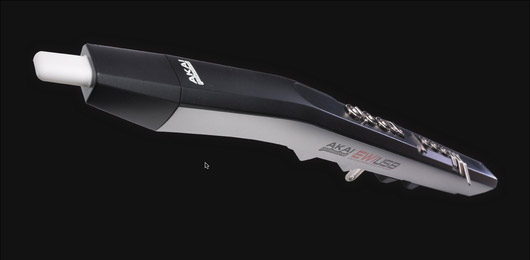wind and brass instruments

Akai EWI.
Until the 1970s, most synthesizers were played by means of a traditional, piano-style keyboard. This tended to limit the player's ability to expressively control the sound in real time and manufacturers sought to include additional means of control, such as modulation wheels and touch-sensitive ribbon controllers.
Wind and brass players, however, realized that their experience of acoustic instruments gave them the tools and techniques – embouchure and breath control – to be able to shape and control sounds in a musical fashion. If only those skills could be applied to the control of synthesized sound....
Electronic wind instrument
Enter Roger Noble, William Bernardi and the Lyricon. Noble and Bernadi had patented the design for Electronic Wind Instrument in 1971 and, in 1974, the Lyricon became the first commercially available wind synthesizer, combining a saxophone-like mouthpiece and key system with a built-in synthesizer sound source.
Subsequent developments included the Alai EWI (Electronic Wind Instrument), famously used by American saxophonist Michael Brecker, and the Yamaha WX range of instruments – WX5, WX7, WX11. These offer MIDI control of any MIDI-equipped synthesizer or sampler. The Yahama range also includes their proprietary WX interface for connecting the control to Yamaha sound modules such as the physical modelling VL-70m.
Electronic valve instrument
Brass players were not far behind. In the mid-1970s, Nyle Steiner created the Electronic Valve Instrument based on trumpet fingering. Marketed for a while by Alai as the EVI1000, this unique instrument is now still available, hand-built to order, from Nyle Steiner himself.


